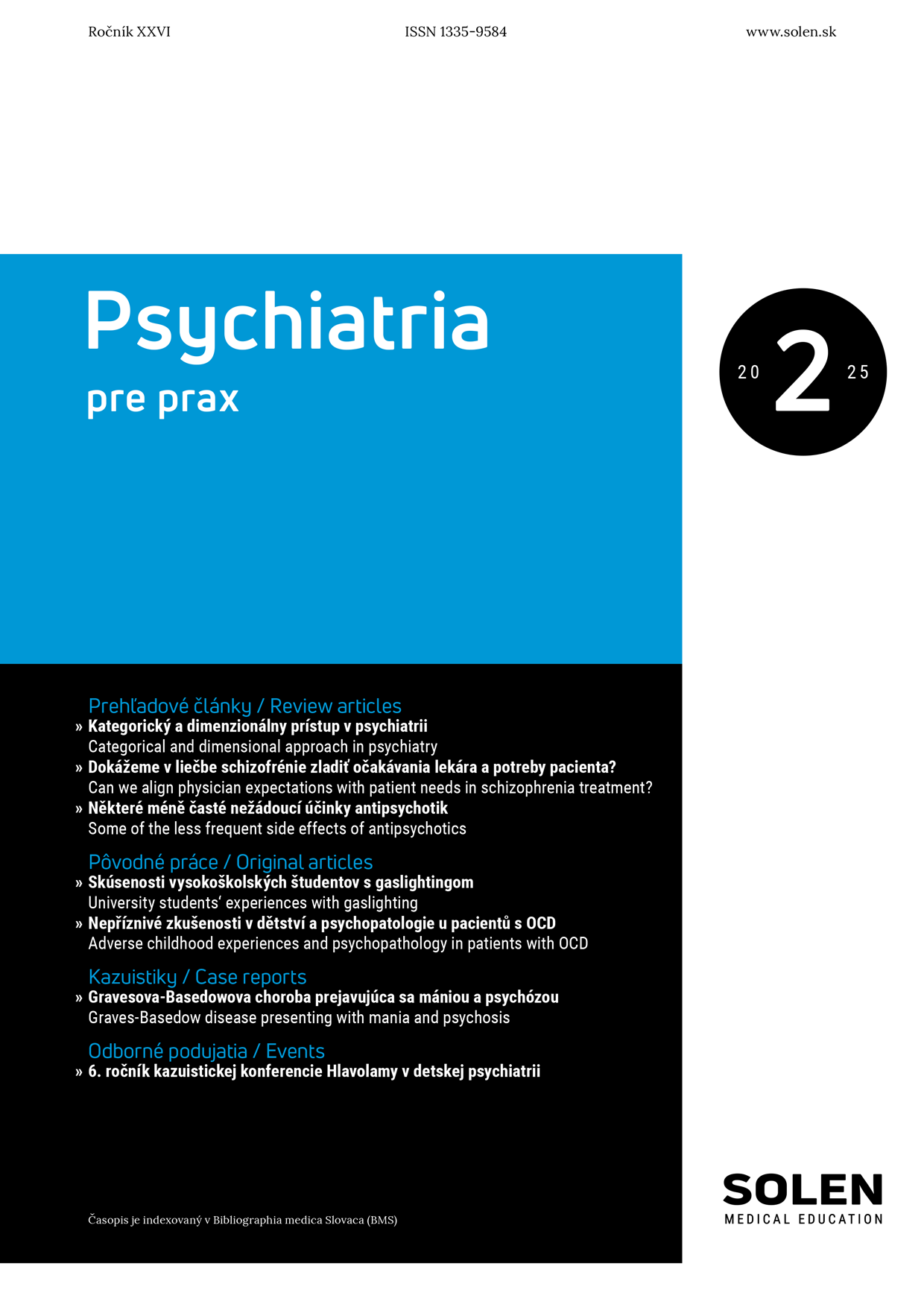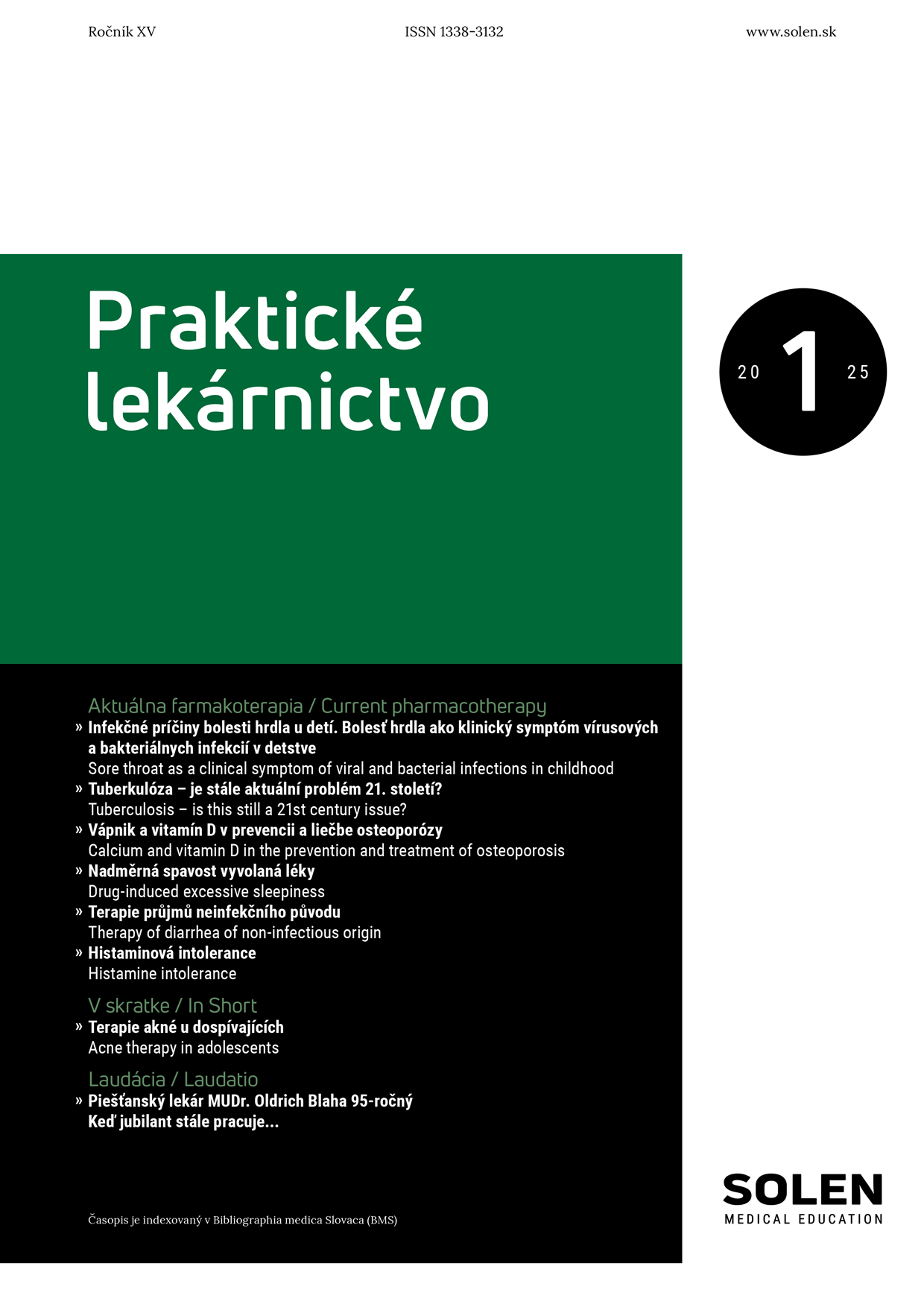Pediatria pre prax 2/2021
Zajímavé kazuistiky léčby hemangiomů z klinické praxe
Infantilní hemangiomy (IH) představují nejčastější benigní nádory dětí. Přibližně 90 % IH regreduje spontánně během let, ale poměrně vysoké procento zanechává kosmeticky rušivé reziduum ve formě fibrózně ztukovatělé tkáně, jizvy, atrofie nebo reziduálních teleangiektázií (1). Děti se závažnějším reziduem jsou pak k léčbě odesílány pozdě, tj. ve fázi involuce, kdy již nelze systémově podáváným propranolem reziduum ovlivnit a zůstává pouze možnost chirurgické korekce, event. laserového ošetření. Často podceňovanými IH bývají menší hemangiomy lokalizované zejména v centrální části obličeje, na čele, uších a krku, u nichž riziko zanechání kosmeticky rušivého rezidua činí až 50 % (1, 2) a dále hemangiomy, u kterých hrozí riziko vzniku ulcerace, např. IH v plenkové oblasti, krčních záhybech a na dolním rtu atd. (2). Článek popisuje případy tří dětí s komplikovanějšími IH vyžadující dlouhodobou léčbu systémovým propranololem. V prvním případě se jednalo o dítě s hlubokým hemangiomem na horním víčku, u kterého bylo nutné před zahájením léčby doplnit magnetickou rezonanci orbity a CNS. Druhý případ poukazuje na dítě se segmentálním typem hemangiomu na předloktí, u kterého byla léčba dočasně přerušena z důvodu kolapsového stavu nejasné etiologie. Ve třetím případě rodiče léčbu perianálního hemangiomu zpočátku odmítli, později z důvodu dalšího nárůstu hemangiomu a vzniku ulcerace již s léčbou souhlasili.
Kľúčové slová: infantilní hemangiom, propranolol
Interesting case reports on treating haemangiomas from clinical practice
Infantile haemangiomas (IH) are the most common benign tumours in children. Approximately 90% of IH regress spontaneously over the years, but a relatively high proportion leave a cosmetically disturbing residuum in the form of fibro-fatty tissue, scarring, atrophy, or residual telangiectasias (2). Subsequently, children with a more serious residuum are referred for treatment late, i.e. in the phase of involution, when the residuum can no longer be managed with systemic propranolol, with the only options left being surgical correction or laser treatment. IH that are often underrated include smaller haemangiomas located particularly in the central facial area, forehead, ears, and neck, for which the chance of leaving a cosmetically disturbing residuum is as high as 50% (1, 2), as well as those in which there is a risk of ulceration, e.g. IH in the nappy area, neck folds, lower lip, etc. (1). The article presents three case reports of children with more complicated IH requiring long-term treatment with systemic propranolol. The first case is a child with a deep haemangioma on the upper eyelid in whom magnetic resonance imaging of the orbit and CNS was required prior to treatment initiation. The second case reports a child with a segmental-type haemangioma on the forearm in whom treatment was temporarily discontinued due to a condition of collapse of unclear aetiology. In the third case, the parents refused the treatment of perianal haemangioma initially; however later on, due to further haemangioma growth and ulceration formation, they agreed to treatment.
Keywords: infantile hemangioma, propranolol


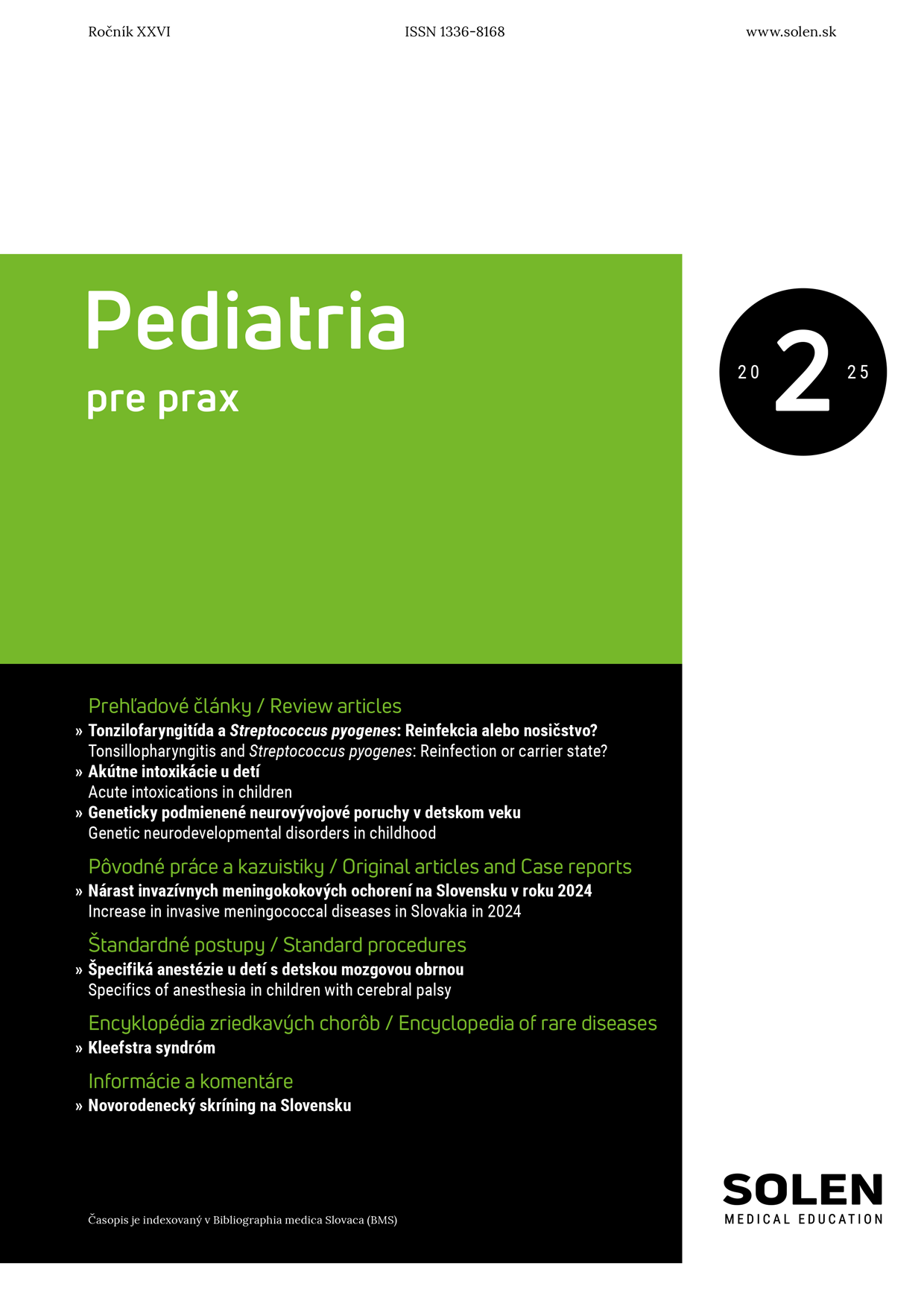
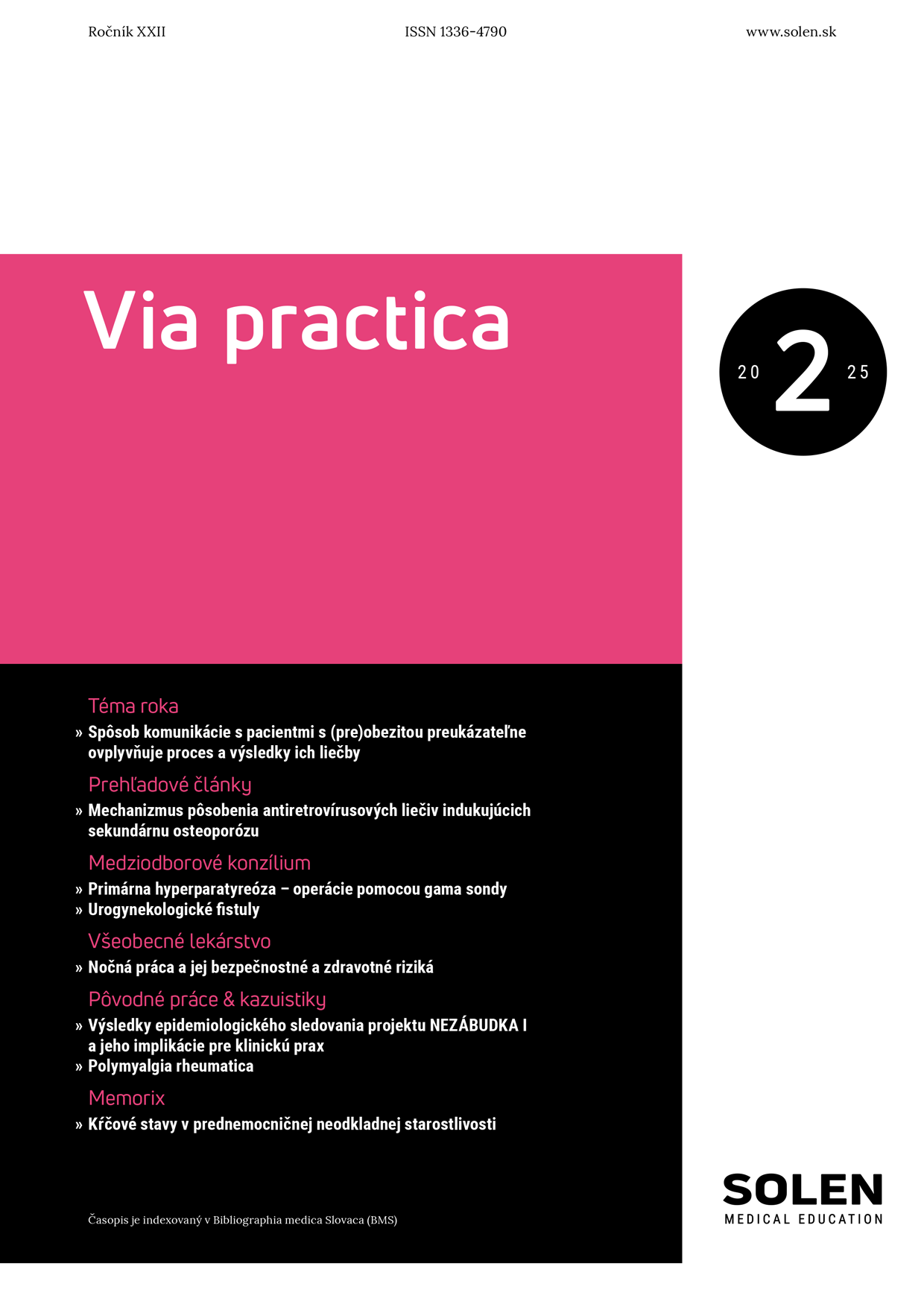
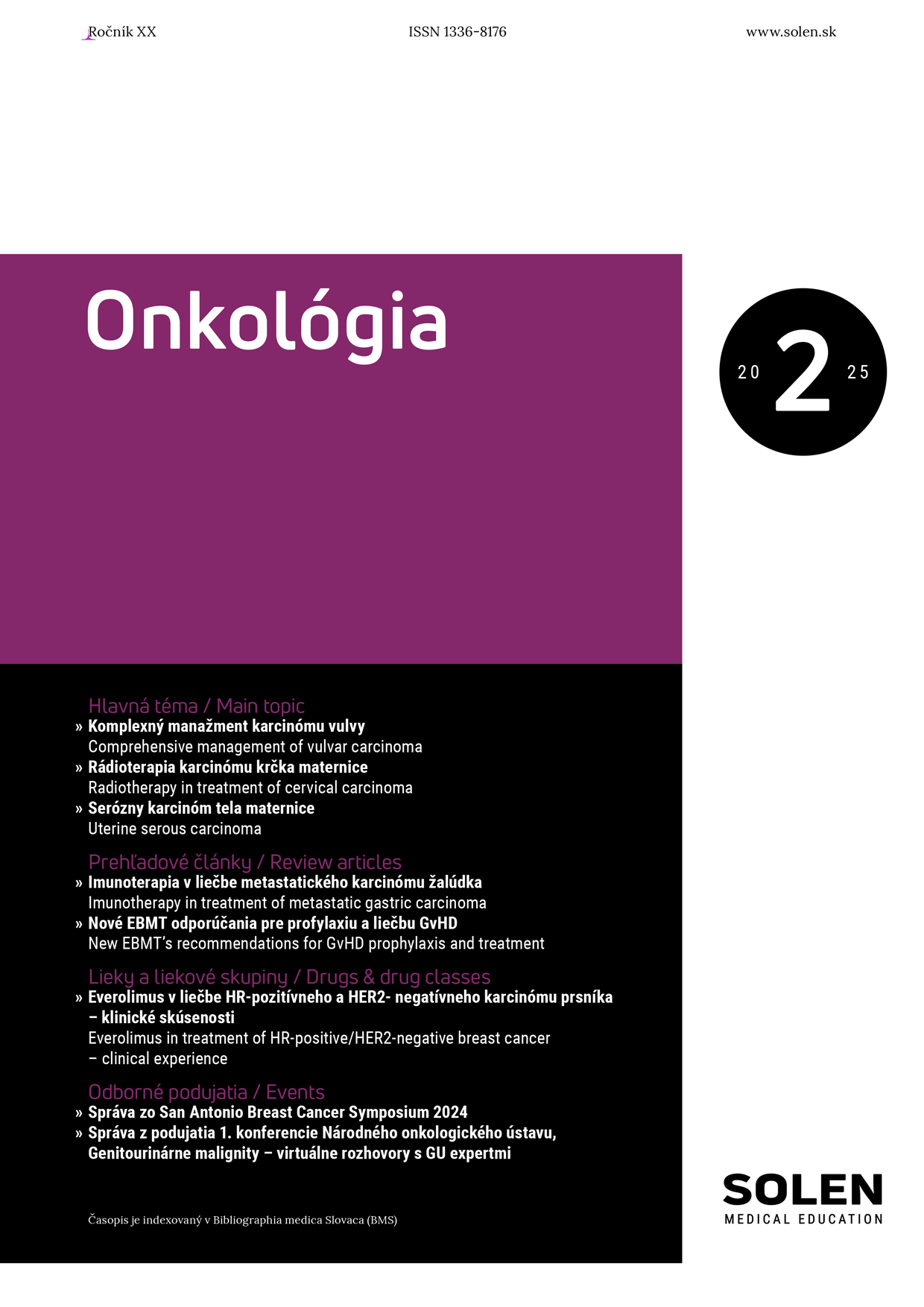
-1.png)
